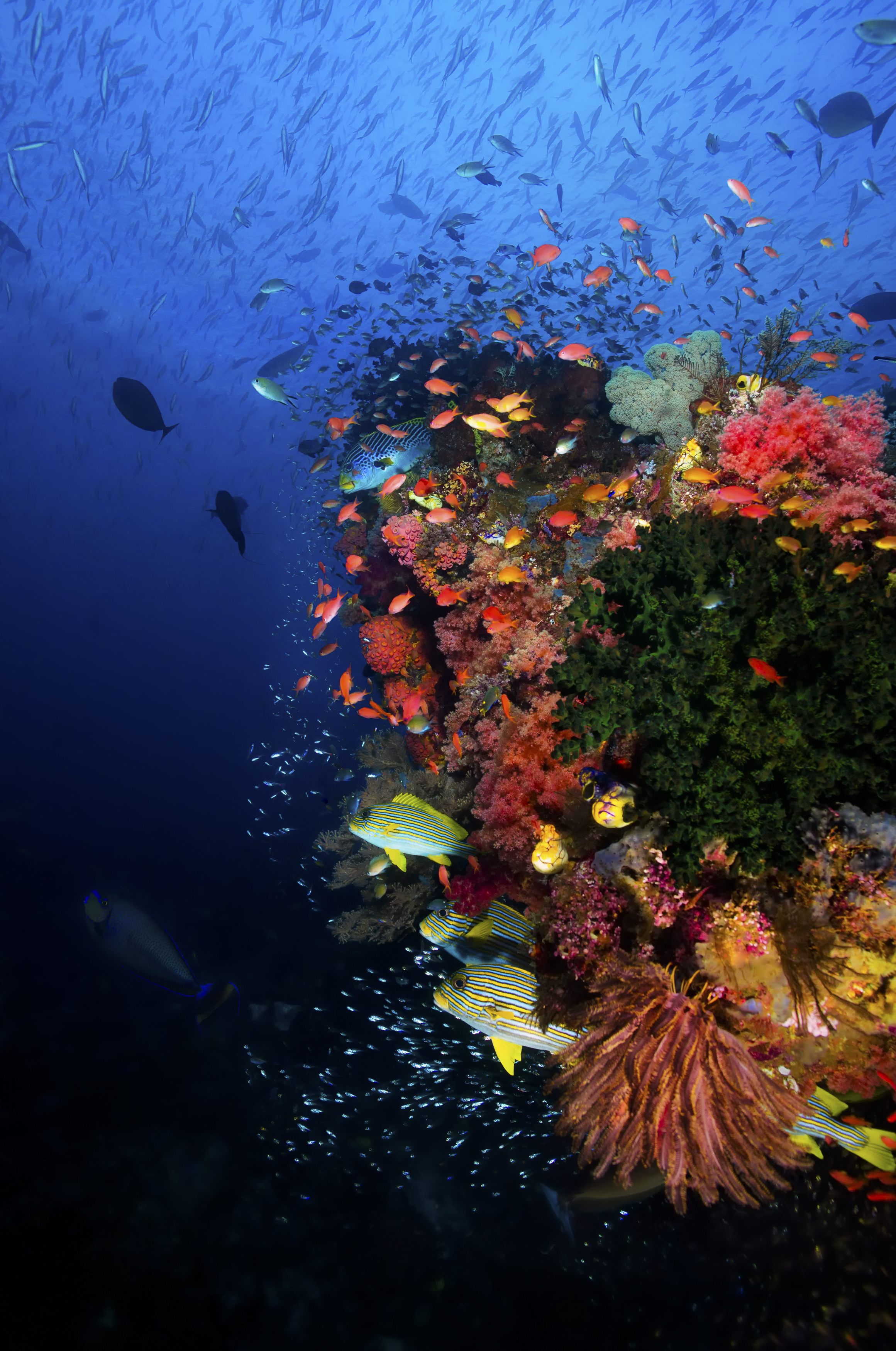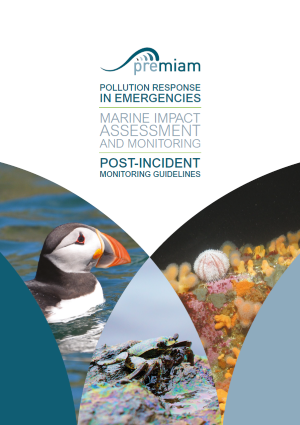Guidelines
The second edition of the guidelines were published in March 2018 and are available to download (PDF, 9 MB).
These post-spill environmental monitoring and impact assessment guidelines are a major deliverable of the PREMIAM programme. The guidelines are to help the design and management of post-spill monitoring; determine impact to marine food chains, ecosystems and resources; gather data to help establish the effectiveness of response and promote scientific best-practice.
The PREMIAM guidelines cover key principles of an environmental monitoring programme. They also describe why, where, when, what and how monitoring is conducted, and key scientific techniques and approaches to be taken into account. This new edition also includes a section on the importance of data management and reporting to promote effective dissemination.
They will provide essential guidance in the event of a spill and can be used as reference for pre-planning and preparedness, so authorities can implement effective monitoring.
The guidelines content include the following:
The principles of a monitoring plan
- When do we need to monitor?
- Why do we monitor?
- What do we monitor?
- Where do we monitor?
- How frequently do we monitor?
- When to stop monitoring
- Survey design
- Co-ordination and an Integrated Approach
Survey planning
- Purpose
- Establishment of baseline data and information
- Design process
- Site selection
- Statistical considerations
Sample collection and management
- Introduction
- Sampling
- Sample preparation
- Sample labelling and tracking
- Transport and storage
Key methodologies
- Chemical analysis
- Ecotoxicology in Post-incident monitoring
- Ecological Assessment – General guidance
- Ecological Assessment – Specific resources: habitats and wildlife
- Modelling
- Remote sensing, autonomous platforms and other technologies
Data quality and management
- General considerations
- Quality control considerations
Communications and reporting
- Communication objectives
- Communications media
- Communications recommendations
- Overall remarks
Appendices
- The Premiam Monitoring Co-ordination Cell
- Impacts on human health
- Preparedness matrix
- List of protected species, England and Wales
- Compensation for oil spill damage from ships and Environmental Regulations
- PMCC Situation report


